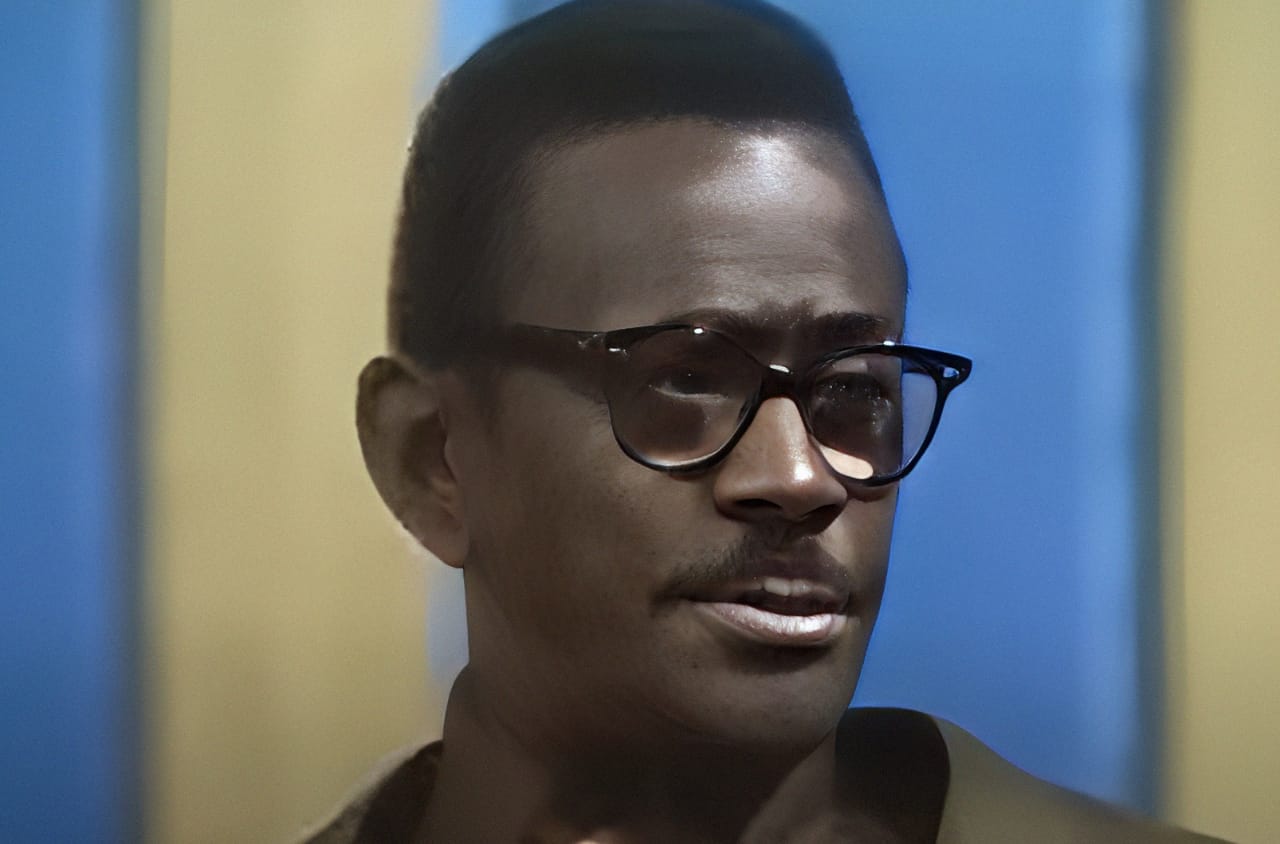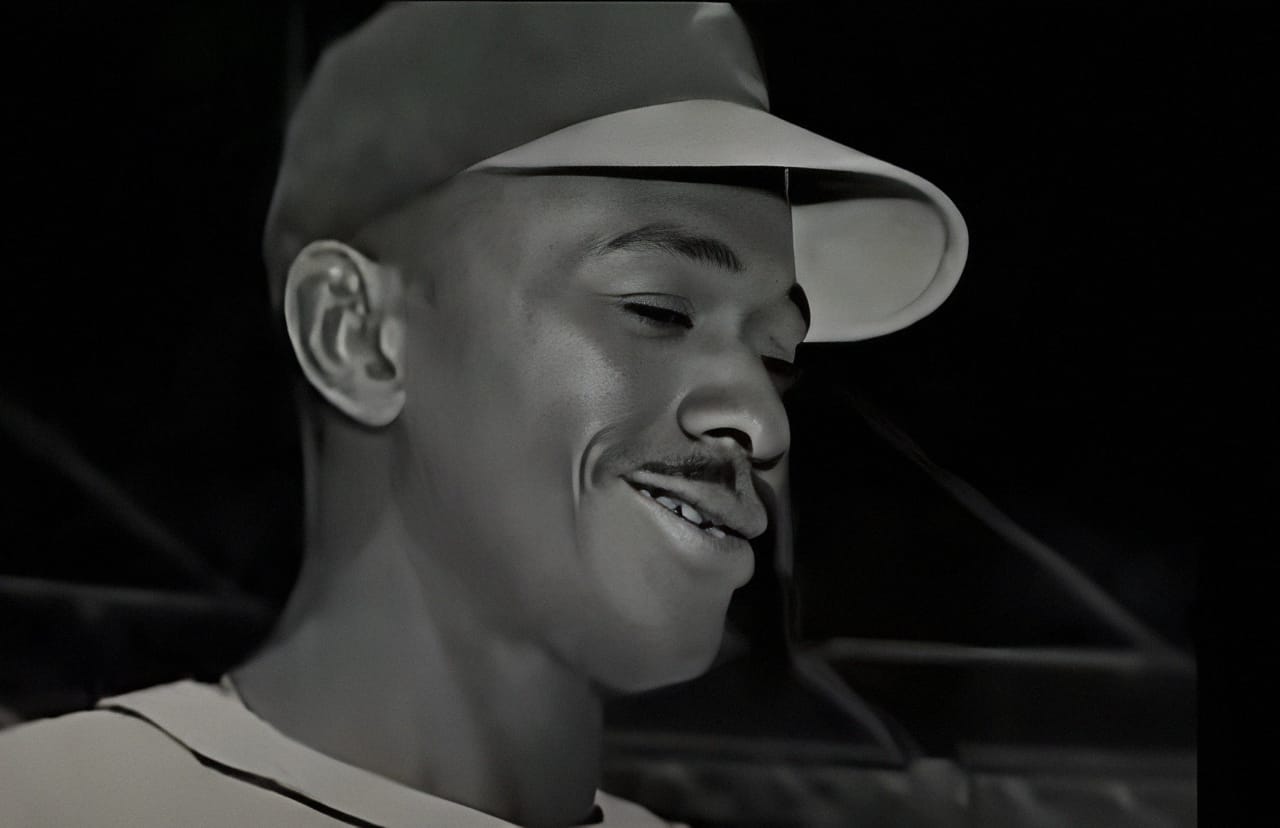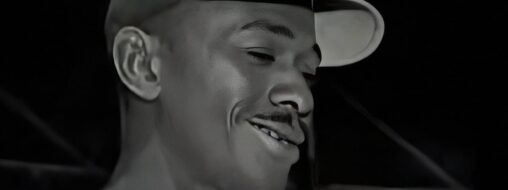WHO WAS LEROY PAIGE?

Introduction
Satchel Paige aka Leroy Paige, was an American professional baseball pitcher born in Mobile, Alabama, in the United States on July 7, 1906, and passed away in Kansas City, Missouri, on June 8, 1982. His pitching abilities became legendary during his many years spent playing in the Negro leagues. In 1948, the unwritten rule that prohibited black players from entering the major leagues was finally lifted, allowing them to enter the major leagues.
Not only did Paige have a substantial pitching speed, but he also developed a full understanding of slow-breaking pitches and various deliveries. Paige was a right-handed, flexible “beanpole” who stood more than 6 feet 3 inches (1.91 meters) tall. There are many people who consider him to be one of the best players in the history of baseball.
Leroy Paige’s Early Years
Leroy Robert Page, better known as Satchel Paige, was born in Mobile, Alabama, around the 7th of July at the time. His mother, Lula, was a washerwoman, and his father, John, was a gardener. He was the seventh of twelve children that were born to them. It was Lula who added the “i” to their surname not too long before Paige was to begin his successful career; he stated that she changed it to sound “high-tone.”
Paige claimed that his mother sent him to the train station to make money by carrying luggage for businessmen, but he was dissatisfied with the meager amount of money that he was paid for his work while there. As a result, he constructed a pole to carry multiple bags at the same time in order to increase the compensation at his job.
According to rumors, his coworkers informed him that he looked like a walking satchel tree, which is where his unusual nickname came from. Paige was “enrolled” in a reform school when he was 12 years old because he had a run-in with the law, which included petty stealing and truancy. That being said, it is possible that his time spent in the Industrial School for Negro Children in Mount Meigs, Alabama, turned out to be a blessing in disguise.
Leroy Paige found that the industrial school was the ideal environment for him to learn and grow himself. The distractions of his hometown were removed, and he was subjected to more stringent discipline. As a result, he was able to become educated and play baseball for the school team. His baseball talent, along with his large hands and feet on his long, lanky frame (he would grow to be 6 feet 4 inches tall) —were characteristics that coach Edward Byrd identified as assets that had the potential to be developed.
Leroy Paige was instructed by Byrd to pull back, kick his foot high in the air, then, as he came down, bring his arm from a great distance behind him and drive his hand forward as he released the ball. This was done in order to propel the ball forward with the biggest amount of force possible. In a later statement, Paige stated that it might be argued that he gave up five years of independence in order to learn how to pitch.
He continued to reside in Mount Meigs until he was seventeen years old, during which time he worked on developing the baseball abilities that would transform his arm into the instrument that would bring him fame and money. After graduating from high school, he proceeded to look for employment in the professional baseball league. At a young age, Paige had a significant amount of skills. However, he was also famous for developing the clever hesitation pitch, which was his primary pitch. His fastball was his primary pitch.
In comparison to other pitchers, he stood out due to his exceptional control. Paige’s teammate on the St. Louis Browns told Sports Illustrated that he had heard about pinpoint control as late as the 1950s, but that Paige was the only man he had ever seen who truly possessed it. As an example, he stated that Leroy Paige had thrown him six strikes out of ten pitches over a gum wrapper at one point. The precision that Paige possessed was not only a “gift” or a natural skill; rather, it was the result of his intense practice throughout his childhood, adolescence, and early adulthood.
Leroy Paige’s Professional Baseball Career
Leroy Paige started his professional career in 1926 in the Negro Southern League since African American players were not allowed to play in the Major Leagues under the terms of the agreement. His performance with the Birmingham Black Barons was not overlooked, and he rose rapidly through the ranks of the Negro National League clubs, becoming a popular draw among spectators. The state of California, the state of Maryland, the state of North Dakota, and even Cuba, the Dominican Republic, Puerto Rico, and Mexico provided Paige with opportunities to play for teams around the country.

With the help of barnstorming tours, Leroy Paige was able to amass a sizeable fan base in the interim between contracts. These tours comprised of exhibition games against other professionals and regional talent, which provided additional financial compensation. When he was hired to front a team named the “Satchel Paige All-Stars” for one of these games, he ended up throwing to Joe DiMaggio, a brilliant pitcher for the New York Yankees. DiMaggio referred to him as the best and fastest pitcher he had ever faced.
In addition, Leroy Paige once competed against Dizzy Dean, the ace pitcher for the St. Louis Cardinals, in a series of exhibition games, and he won four of them.
After the game, Dean made the observation that if he and Paige were going to be pitching for the same team, they would win the pennant by the fourth of July and then go fishing until it was time for the World Series. One of the drawbacks of all of these traveling and jumping teams was that there was a shortage of statistics. This was due to the fact that even in official Negro League games, there did not always seem to be enough statisticians or record keepers. According to some reports, Paige had a record of 31 wins and only four losses in 1933.
In addition, he had streaks of 64 consecutive innings without allowing a score to be scored and 21 consecutive victories. Leroy Paige asserted that he maintained his own records and reported that he had pitched in more than 2,500 games and won almost 2,000 of them. He also stated that he had played for 250 clubs and thrown 250 shutouts, which are startling numbers when compared to the stats posted by pitchers in the Major Leagues.
Major League Recognition
It was in 1948 when Paige’s desire was realized. In light of the fact that Jackie Robinson had broken the color barrier in the major leagues and that the Cleveland Indians were in need of additional pitching, owner Bill Veeck decided to give the seasoned National League great a test. According to reports, Veeck placed a cigarette on the ground and instructed Paige to see it as home plate. After that, the pitcher proceeded to throw five fastballs, all of which went directly over the smoke, with the exception of one.
It was on July 7, 1948, Paige’s 42nd birthday, that he made his debut in the Major Leagues, becoming the oldest player to do so. He also made history by becoming the first Negro League pitcher to compete in the American League. Leroy Paige’s ability to pitch in front of large crowds helped the Indians win the World Series. He finished the first half of the season with a record of 6-1 and an exceptional earned run average of 2.48. He pitched for Cleveland for one more season before moving on to play for the St. Louis Browns for a total of three years thereafter.
Paige continued to tour frequently for big appearance fees despite the fact that he was becoming older. On September 25, 1965, when he was 59 years old, he became the oldest player in the history of the Major Leagues. He celebrated this milestone by pitching three innings for the Kansas City Athletics without allowing any runs to score and allowing three hits. He concluded his career in the major leagues with a record of 28-31, 32 saves, and an earned run average of 3.29.
Death and Legacy
On June 8, 1982, the great pitcher passed away in Kansas City, Missouri, due to a heart attack. His passing occurred less than a month before he would have turned 76 years old.
Leroy Paige lived the kind of life that made it difficult to differentiate between myth and truth at a time when he was one of the most famous players of any color in the history of baseball. He was once issued divorce papers by a woman as he headed out to the mound at Wrigley Field, and another time he threw for the squad of Dominican Republic dictator Rafael Trujillo to decide the fate of an election. These are the anecdotes that have been told about him.
Despite this, it is quite likely that the reports of his unrivaled talents were accurate. Paige was famous for his powerful fastballs and his hallmark “hesitation” pitch, but he was also capable of doing anything he wanted with the ball.
Leroy Paige has written a handful of autobiographies, one of which is titled Maybe I’ll Pitch Forever: A Great Baseball Player Tells the Hilarious Story Behind the Legend. In this book, Paige expresses his regret that he was not the first Black player to play in the Major Leagues instead of Jackie Robinson, but he has managed to remain calm and collected during the entire process. Ler oy Paigerarely addressed the topic of his age, in spite of the fact that he had lived for an enormous amount of time. He frequently cited Mark Twain, who said that age is a question of mind over matter. In the event that one does not mind, it is irrelevant.
